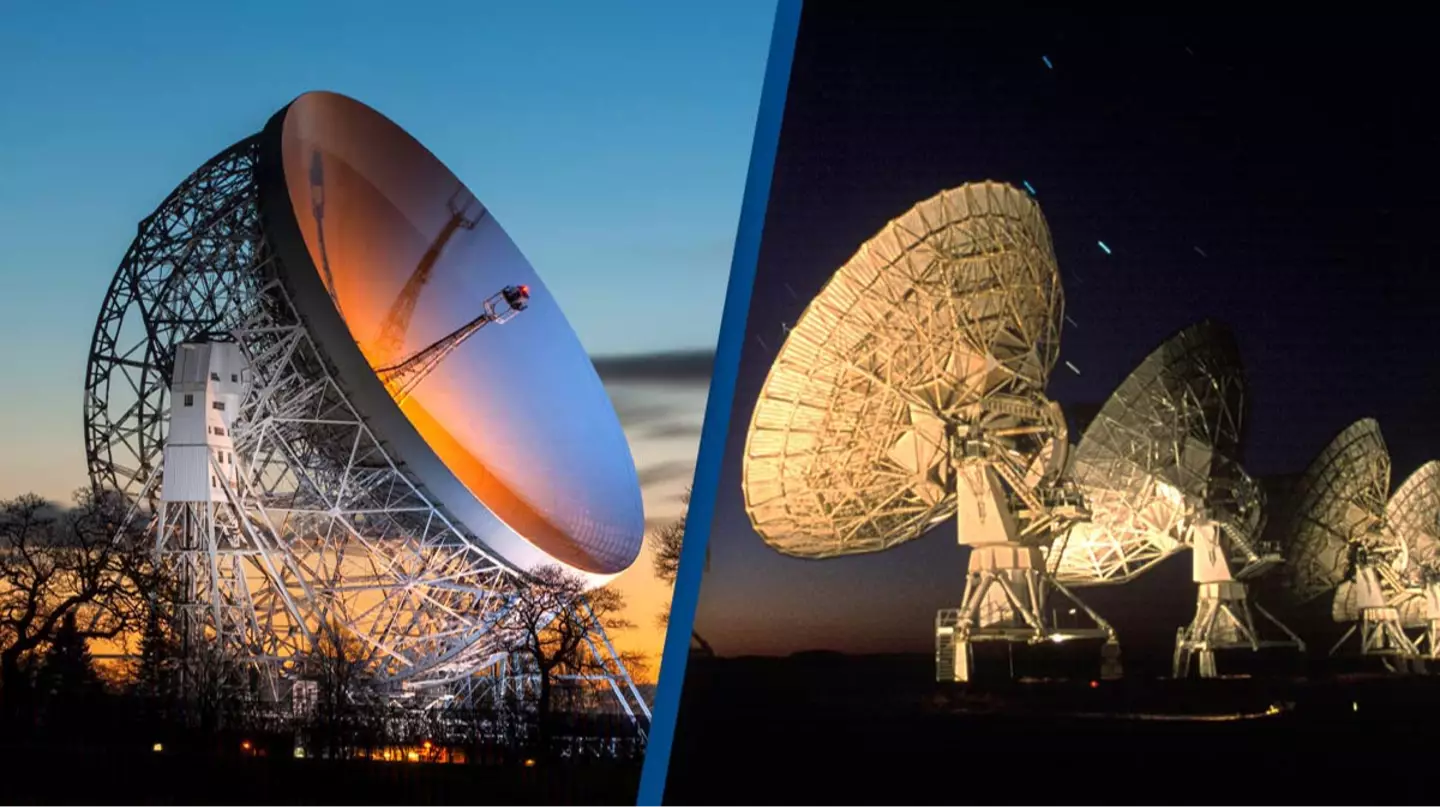
A mysterious source has been sending signals to Earth since 1988, scientists have confirmed.
It's one of the big questions of the modern era, whether or human beings are alone in the universe or if there is in fact someone, or something, else out there.
One phenomenon which certainly has some people scratching their heads, and dare I say others reaching for their tinfoil hats, is a strange signal which has been picked up on Earth for decades.
Advert
At the moment we don't know exactly what is causing the strange signal to hit Earth.
All that we currently know for certain is that something, or someone, is causing it.

What's even more bizarre is that scientists only became aware of the regularity of the signals after they went and searched back through the data.
Advert
There they found that a signal, named GPMJ1839-10, has been hitting Earth the last 35 years.
But what characteristics does this signal have?
They are continuous bursts of signal lasting around 20 minutes each time, and scientists have said that they take on a similar form to waves which are usually emitted from a pulsar.
These can last between several seconds and mere milliseconds.
Advert
However, scientists say this source is sending signals that pulsate on 21 seconds - which, based on previous knowledge, was considered impossible.

The precise nature of the waves, however, is so odd that scientists are not currently able to determine what might have produced them. While they appear to be sun regular intervals, their brightness varies considerably.
Scientists do have some theories about what could be producing the emissions, but they're not 100 percent sure at this stage.
Advert
One possible idea they have is that the signal is being emitted by a highly magnetised white dwarf or magnetar. These are both particular kinds of neutron stars.
If that sounds like Ancient Greek to you, then don't panic. A neutron star is a star which is coming to the end of its life cycle.
Stars which are big enough to collapse into a neutron star can also collapse into the far more widely known alternative, a black hole.
However, it is possible that more extraordinary finds could come from studying old data.
Victoria M Kaspi, a professor of physics at McGill University, who didn't work on this particular study, wrote in an accompanying article: “Only time will tell what else lurks in these data, and what observations across many astronomical timescales will reveal.”
Advert
Who knows what else could be out there!
